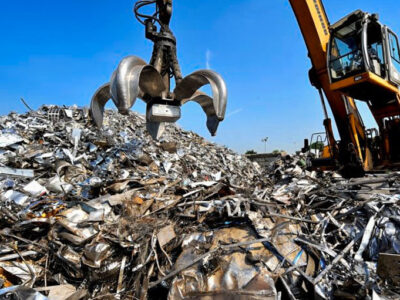
Remediation planning and execution are complex endeavors that demand exceptional attention to detail and careful attention to time. It is imperative to hire talented employees who entirely focus on the task at hand. The best teams are motivated and dedicated to achieving remediation milestones. The team must be 100% focused on the task at hand to ensure the process is successful. The process should be decoupled from real estate markets, creating inequities and concentrations in hot and calm markets. It can also create new forms of environmental inequality. To avoid this, cities should conduct contaminated soil and water testing to distinguish between institutional neglect or entrenched poverty areas. This analysis can help guide the remediation planning and execution process.
Once the plan is finalized, it is essential to understand the site. It is critical to characterize the site to determine the best approach and achieve the target levels. A thorough site assessment provides the information necessary to create a remediation plan. The remediation process requires accurate data on the level of pollutants, health hazards, and more. The remediation team must gather information about the site to ensure the project is feasible.
Once the team has identified the risk, the next step is determining the time frame required to implement the plan. The timeline for implementing changes must be realistic, and the executive must submit a comprehensive remediation plan to the FDA within 30 days of receiving a warning letter. Once implemented, the project must be monitored closely and updated every 30 days. Ultimately, a remediation project that is executed correctly will bring the company into compliance with current guidelines and increase the safety of its products and the health of its patients.
Remediation planning and execution are critical aspects of the remediation process. A successful remediation project is crucial to bringing the company’s practices into compliance with current regulatory standards. In addition, it is vital for the safety of the products and the health of the people who use them. Ensure that the process is planned correctly and effectively in achieving its goals. The company must have a solid remediation planning and execution strategy.
A well-developed remediation plan is a crucial element of the entire remediation process. A good action plan is essential to ensure successful remediation. It must include a detailed schedule and detailed costs. The program must be feasible for all parties and comply with the regulatory requirements. The project’s timeline should be reasonable and the company’s objectives. Finally, the remediation team should prioritize the needs of their customers and their community.
Remediation planning and execution should incorporate the technical background of the company’s leadership. It should aim to balance public health with environmental wellbeing. It should also take into account the engineering values of the company. This ensures a well-designed remediation program. The team must manage the risks that arise during the project. In addition to understanding risk, the team must also assess the environmental and socioeconomic impact of the project.
Remediation planning and execution should be based on the company’s business model. It should consider cost and risk. Managing costs and risk is crucial to ensuring a successful remediation project. For example, if a company is a pharmaceutical manufacturer, it will have to hire people who specialize in the field. This means that they must employ outside consultants with relevant experience in the area. If the remediation team is small, it will likely have limited expertise.
Remediation planning and execution should include all of these factors. Remediation plans should provide an improved quality of life for the surrounding community and improve the local economy and environment. Regardless of the type of contamination, a sustainable plan will ensure compliance with the sustainability-related regulations. It should also increase the efficiency of the remediation project. A well-designed remediation program will be more beneficial to the company when implemented correctly.
In addition to addressing environmental issues and regulatory requirements, the remediation action plan should address a site-specific health and safety plan. It should also include the regulatory requirements and the regulatory contacts. Depending on the complexity of the remediation project, a company should create a comprehensive action plan. It can be an effective way to comply with the current guidelines. Remediation can increase the safety of the products in the long run.






